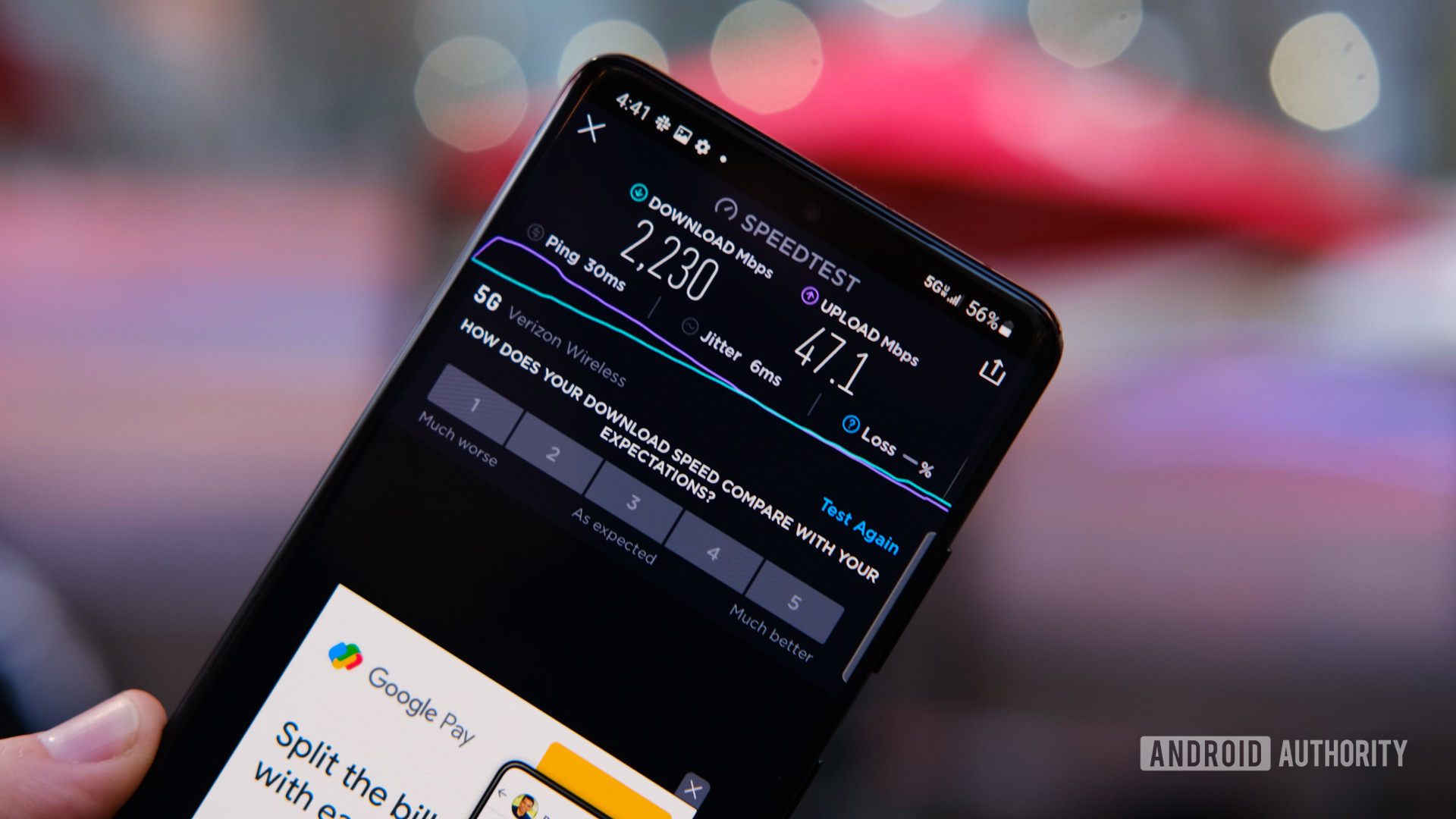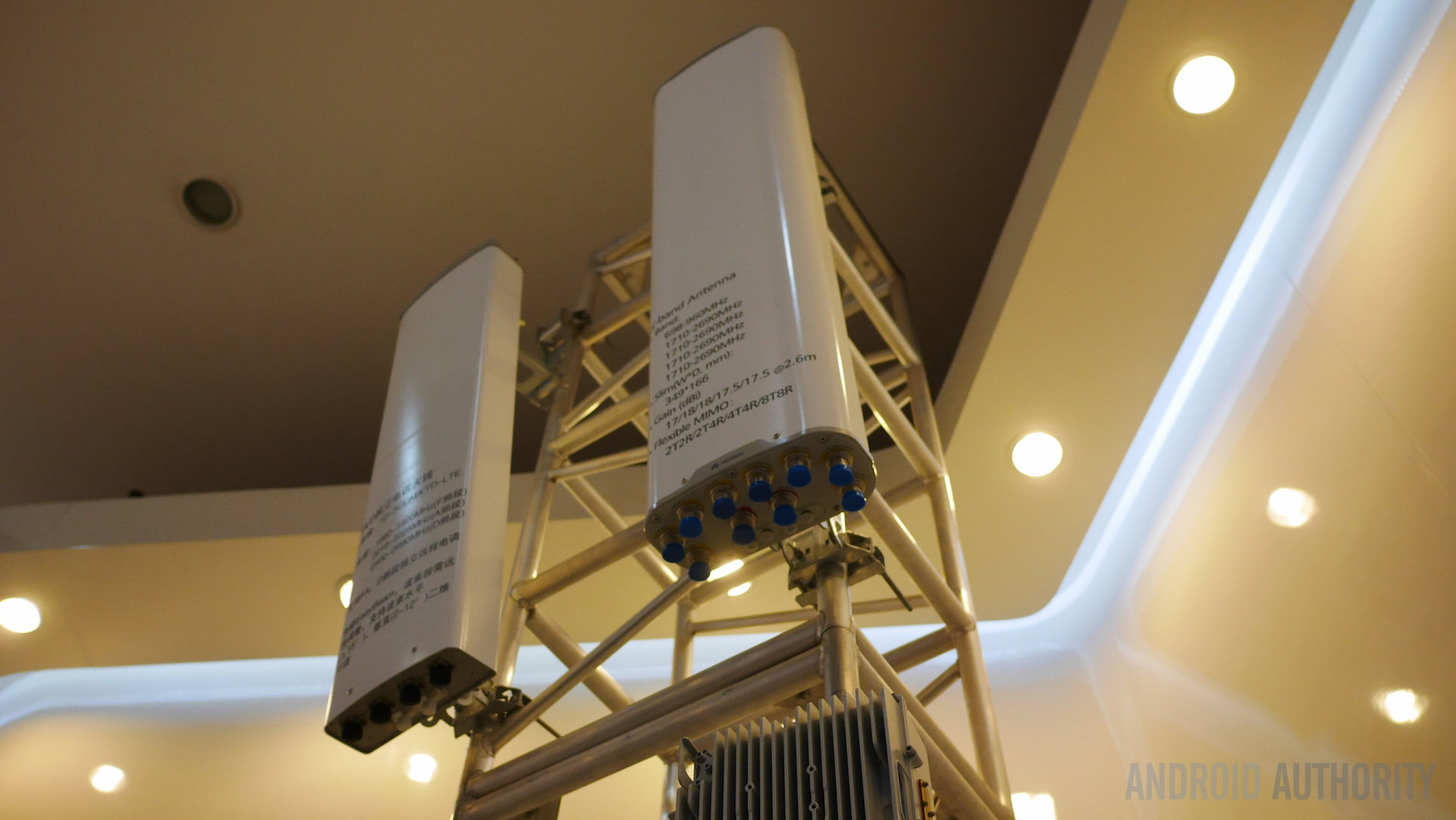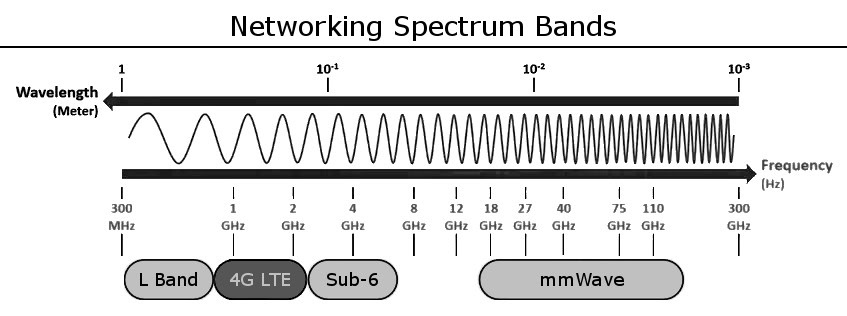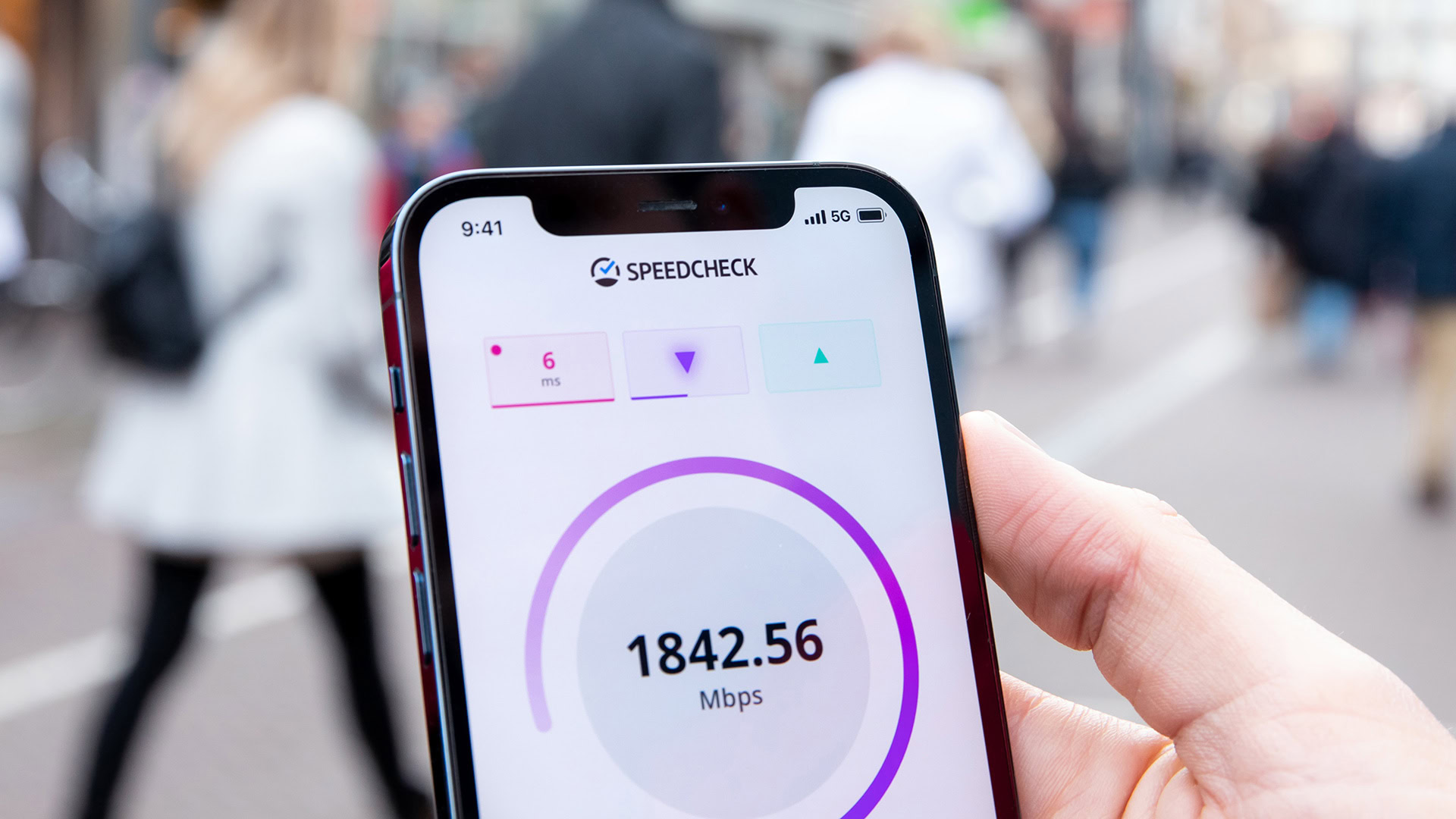
David Immel/Android Authority
You may be surprised to know that the telecommunications industry has already begun developing 6G (the next generation of mobile networks). In fact, while 5G hasn’t reached all of us yet, we’re already starting to understand the next big leap that could unlock new smartphone use cases. It will be several years before 6G finally becomes a global standard, but companies like Apple, Samsung and AT&T are already investing significant resources in research and development.
So, in this article, let’s take a closer look at 6G mobile networks, how they differ from 5G, and what improvements they might bring.
What is 6G?

6G stands for the sixth generation of mobile networks and is the eventual successor to the 5G standard that is currently only available to most of us. Like previous generations of mobile networks, 6G is expected to offer faster speeds and lower latency. Although conducted under controlled laboratory conditions, initial 6G tests have achieved download speeds in excess of 200 gigabits per second. Even if personal smartphones can’t reach these speeds, it will help ease congestion in crowded areas like stadiums and concerts.
We expect that 6G will not be commercially available until the late 2020s or even the early 2030s. However, dozens of telecom and communications-related companies have already shown interest in developing and shaping 6G.
Work is already well underway on 6G, although it’s still several years away from launch.
The development of new telecommunications standards has also become a matter of national interest and pride. In February 2024, China Mobile announced that it had “launched the world’s first satellite to test the 6G architecture.” With Huawei and ZTE equipment banned in many Western countries, companies such as Ericsson, Nokia, Samsung and LG are all trying to capture eventual 6G market share.
How does 6G work and how is it different from 5G?

Lower frequency bands, which have been used since the 2G and 3G era, are becoming increasingly crowded, prompting an industry-wide push for higher frequencies. Just like how 5G uses new mid-band and millimeter wave frequencies, upcoming 6G networks will further lean into this trend.
In an ideal world, we would use higher frequencies to transmit all kinds of data for faster speeds and lower latency. But if you’ve ever tried using a Wi-Fi router’s 5GHz band, for example, you know that higher frequencies result in shorter range because they can’t penetrate obstacles like walls or even tree cover. It’s worth noting that the frequencies used by 5G are already so much higher than regular Wi-Fi routers that mild atmospheric conditions can affect signal quality.
6G proposes moving into higher frequency bands, such as the sub-terahertz (THz) or hundreds of GHz range. For reference, the millimeter wave 5G band occupies the 24 to 40GHz frequency range. By the way, only a few high-end smartphones support these higher 5G frequencies.
6G will utilize previously unused terahertz spectrum to achieve faster speeds.
In September 2023, LG announced that it had successfully transmitted data over 500 meters through terahertz frequencies. The company didn’t release the speeds it recorded, but admitted the tests were conducted in the 155 to 175 GHz range. As for the range challenge, the Korean electronics company worked with Berlin’s Fraunhofer Heinrich Hertz Institute (HHI) to develop a “power amplifier that increases transmission strength, and a receiver that improves the quality of the input signal.” Low noise amplifier.”
While speeds of hundreds of gigabits per second at terahertz frequencies sound impressive, anyone following the current global deployment of 5G will know that mid-band frequencies also offer significant advantages.
To do this, 6G is expected to use the 7 to 20 GHz range, which is higher than current 5G sub-6GHz frequencies. The 3- to 5-GHz spectrum has almost single-handedly increased average download speeds in the U.S. since 2021, so even increasing frequencies could make 6G a game-changer for everyday devices like smartphones.
Why do we need 6G? When will it be released?

Under the right circumstances, real-world 5G speeds can already approach and exceed the elusive 1 Gbps threshold, especially when connected to mmWave networks. This raises an important question: Why do we need to go faster? The simple fact is that no one knows, but telecom companies try to stay one step ahead of new advancements and technologies that could potentially take advantage of faster speeds and lower latency.
Take research firm Nokia Bell Labs’ demonstration of 6G as an example. they think:
Although smartphones will still be a key device in the 6G era, the new human-machine interface will make information consumption and control more convenient. Touchscreen typing will gradually be replaced by gestures and voice control. The device will be embedded into clothing or even transformed into a skin patch. Healthcare will be an important beneficiary as wearable devices facilitate 24/7 monitoring of important parameters.
It’s hard to imagine such future interfaces existing or taking advantage of 6G in the next decade. Nonetheless, when we are ready to adopt such devices, the development of 6G will help pave the way for it and reduce the cost of high-speed communications.